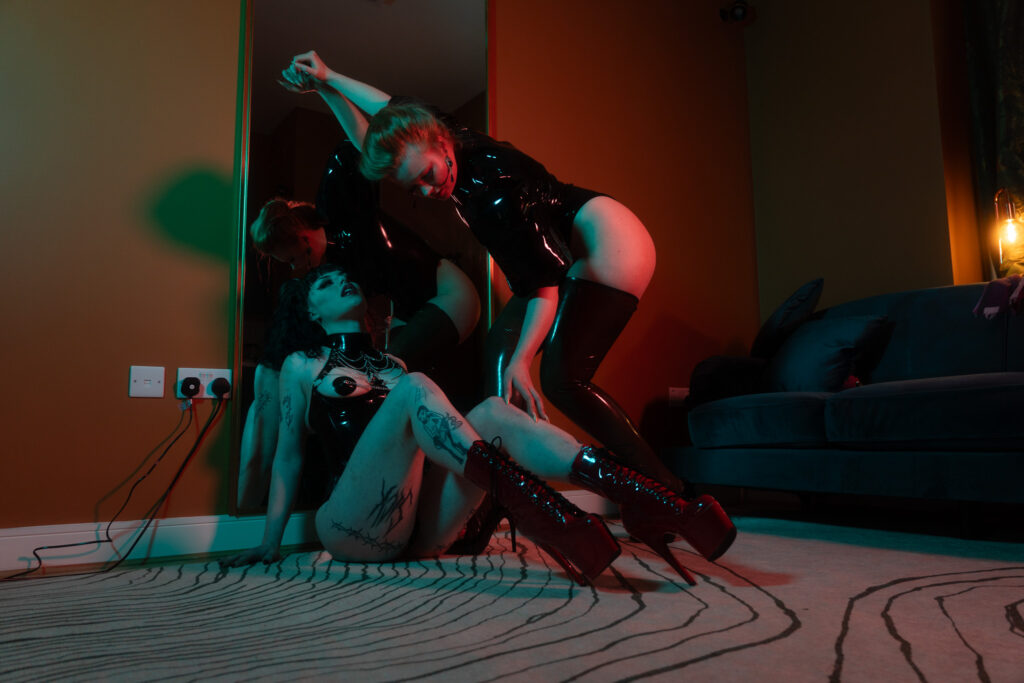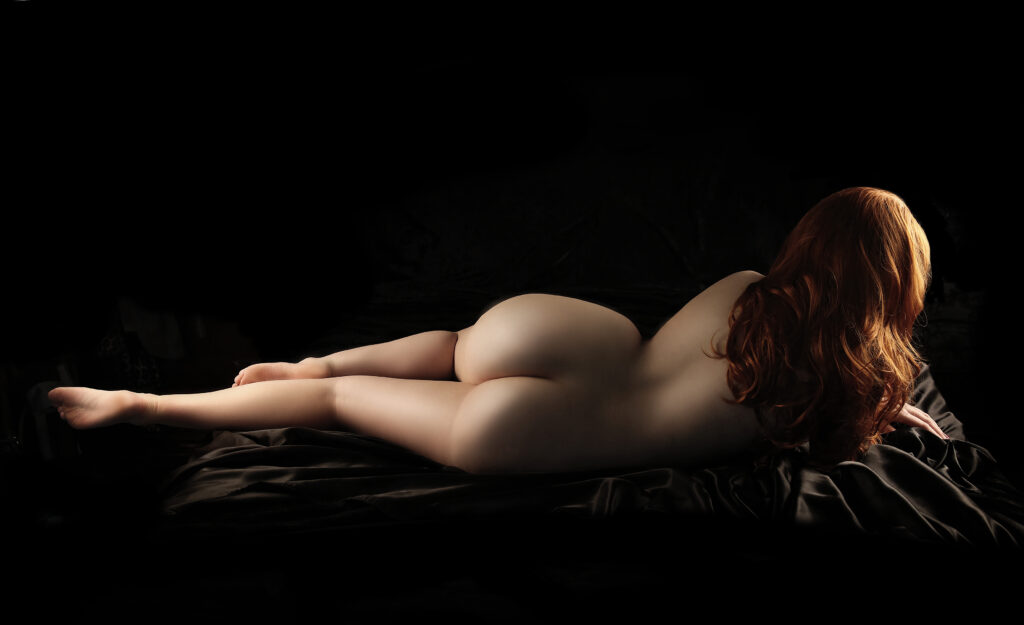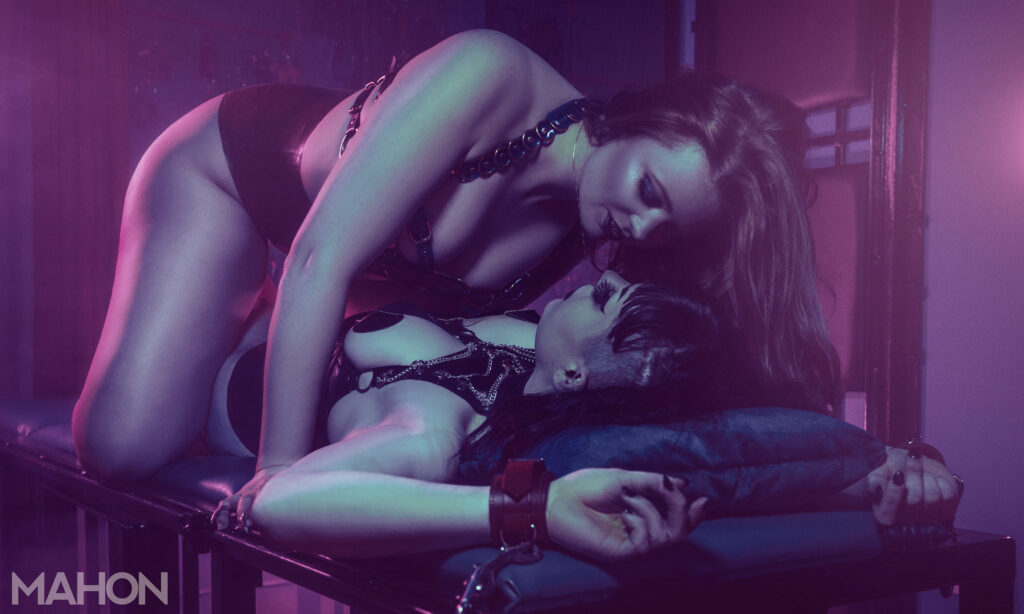Five Archetypes of a Dom/me (and Why You Don’t Have to Pick Just One)
When people first start exploring BDSM and their Dominant side, they often go looking for an instruction manual. Something to tell them what kind of Dom/me they’re meant to be. Articles listing “Dom/me archetypes” or “types of Dominant styles” are everywhere: the Sadist, the Daddy, the Rigger, the Master. Pick one, put on the crown, stay in lane.
But the reality of dominance—of any power exchange—is far more complex, and far more interesting.
For me, the neat categories never quite fit. They felt too rigid, too much like acting out someone else’s script. And when I look at how I actually play, it shifts. Rarely am I the same kind of Dom/me with every partner, in every context, on every day. Sometimes I’m playful. Sometimes I’m ferocious. Sometimes I’m a meticulous planner. Sometimes I’m pure chaos.
So instead of leaning on the stale archetypes that media has fed us, I’ve begun thinking about my own. Here are the five Dom/me archetypes I embody the most often—not fixed boxes, but flavours, moods, masks you can slip in and out of.
The Trickster (Mistress of Surprise)
The Trickster thrives on psychology and surprise. Their delight is in making you guess: when will the flogger land, where, and how hard? They use electrics, impact, denial—anything that keeps you teetering on edge, never quite able to predict what’s next. Their intention isn’t mastery through structure, but through chaos: control is maintained by keeping you off balance. The Trickster plays with your mind as much as your body, and that uncertainty is where their power lies.
Incidentally, There is no other Domme who I think embodies this archetype more than Miss Jessica Hyde.

The Conductor (Orchestrating Control)
The Conductor is the Dom/me who orchestrates. They revel in edging, orgasm control, and carefully timed denial—knowing exactly when to pull back, when to give, when to deny. They plan their sessions, rehearse skills, and create structures where every beat has a purpose. A Conductor Dom/me may love roleplay or ritual, but what defines them is intention: nothing is left to chance. With a Conductor, release feels monumental precisely because it has been composed note by note.
The Sculptor (Precision & Protocol)
The Sculptor sees you as material to be shaped. Their joy is in protocol, restraint, and transformation: postures held, ropes tightened, outfits perfected. They enjoy equipment-heavy scenes, building intricate structures that demand endurance. A Sculptor Dom/me values precision and design over impulse; their pleasure comes from shaping submission into something exacting, disciplined, and beautiful.

The Siren (Worship & Temptation)
The Siren plays with temptation and worship. Their power is in pulling you to the edge of your limits—perhaps through chastity, denial, adoration—until you’re desperate to please. They thrive on devotion, pushing you to crave what only they can give (or withhold). The Siren’s scenes often revolve around making you ache: to touch, to release, to earn their approval. And when you think you can take no more, they coax you further still, because it is your longing for them that keeps you there.
The Storm (Primal Ferocity)
The Storm is ferocity embodied. Their kink is in the physical overwhelm: pinning, wrestling, striking, manhandling. Their style is primal, urgent, sometimes messy—but always consuming. A Storm Dom/me doesn’t ask; they sweep you into their force and hold you there until you’re breathless. Their intention is catharsis, a total surrender to intensity. And when the tempest finally passes, they leave you spent in the stillness that follows.

When They’re All True
I’ve been all of these, at one time or another. Sometimes all in a single session.
Most often, I lean toward the Trickster and the Siren—a blend of mischief and temptation. That’s where my power feels most alive: in the laughter that keeps you guessing, and in the pull you can’t quite escape. But once in a while, the Storm breaks through, and it is glorious (if quite intensive). And I know the Conductor well too, with her careful preparation, her taste for precision.
What I’ve learned is that these archetypes aren’t boxes. They’re flavours, costumes, moods. You don’t have to pick just one and live there forever. In fact, I’d argue that the most accomplished Dom/mes are flexible—able to shift, blend, and surprise.
Archetypes aren’t identities; they’re moods. And the truth is, most of us are more than one—the real pleasure is in finding out which faces of power surface when.